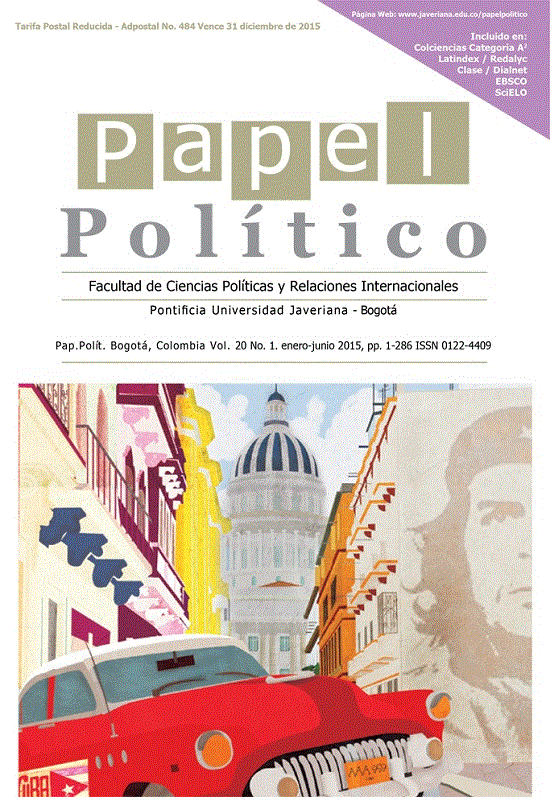Abstract
It is deeply interesting that although there isa National Strategy to Prevent and Eliminatethe Worst Forms of Child Labour in Colombia,the numbers related to child labour are stillhigh. That is why arises the need to review thissituation by proposing recommendations forthe optimization of this strategy. Therefore,considering the labour reforms conducted by the Government so at the end of the 20th Centuryas at the beginning of the 21st Century, as wellas in the context of social inequialities that characterizesthe country, is that have been linkedthese realities such as main causes of childlabour and the maintenance of large numbersof this situation.With it also arises a propposal to connect theseaspects in order to promote and implement theconcept of decent work so also to eliminate theimpoverishment of the adult labour force, toprotect the population younger than 18 yearsold of the worst forms of child labour and,consequently, to decrease the high rates of thisproblem.This journal is registered under a Creative Commons Attribution 4.0 International Public License. Thus, this work may be reproduced, distributed, and publicly shared in digital format, as long as the names of the authors and Pontificia Universidad Javeriana are acknowledged. Others are allowed to quote, adapt, transform, auto-archive, republish, and create based on this material, for any purpose (even commercial ones), provided the authorship is duly acknowledged, a link to the original work is provided, and it is specified if changes have been made. Pontificia Universidad Javeriana does not hold the rights of published works and the authors are solely responsible for the contents of their works; they keep the moral, intellectual, privacy, and publicity rights.
Approving the intervention of the work (review, copy-editing, translation, layout) and the following outreach, are granted through an use license and not through an assignment of rights. This means the journal and Pontificia Universidad Javeriana cannot be held responsible for any ethical malpractice by the authors. As a consequence of the protection granted by the use license, the journal is not required to publish recantations or modify information already published, unless the errata stems from the editorial management process. Publishing contents in this journal does not generate royalties for contributors.


